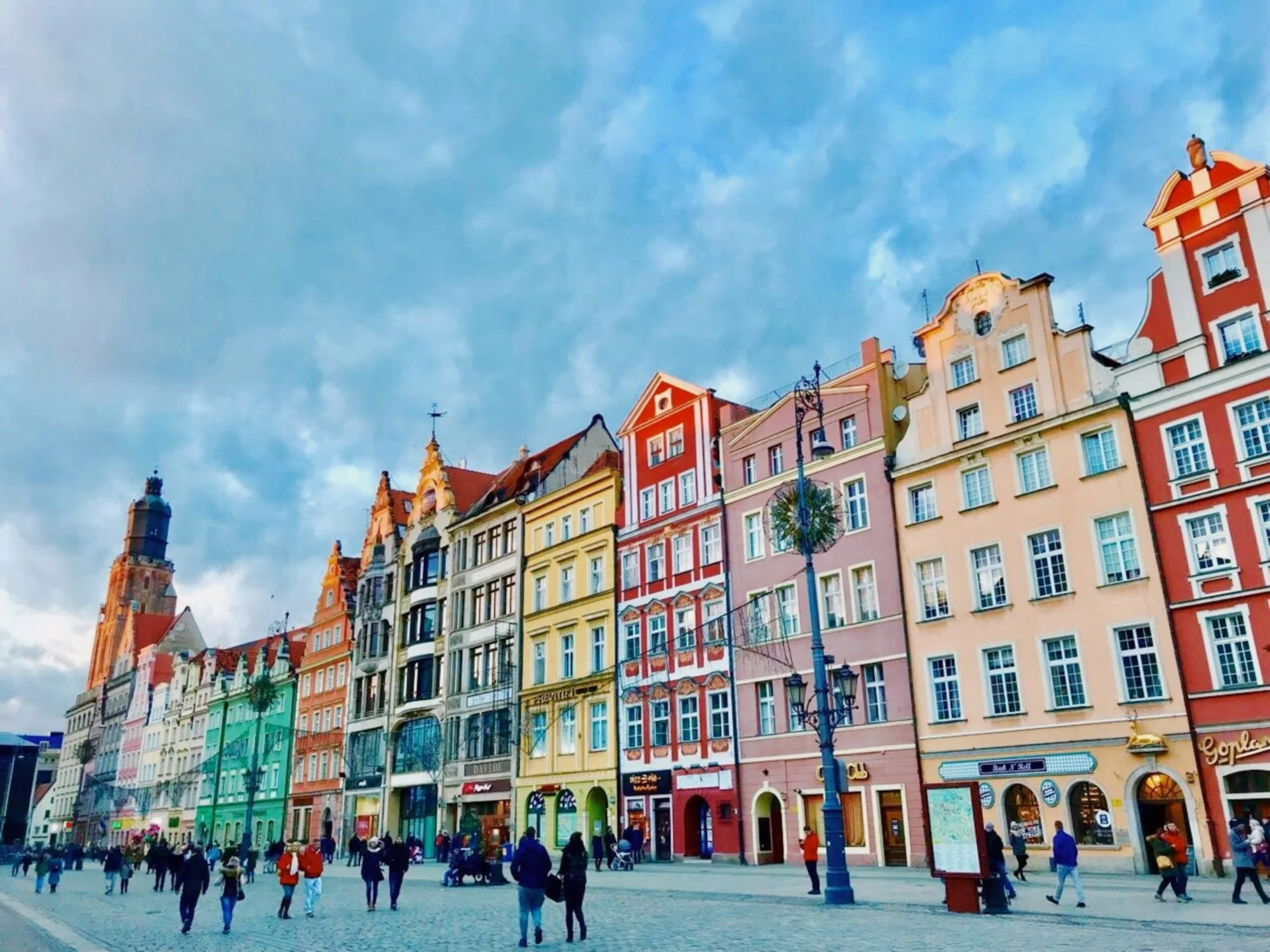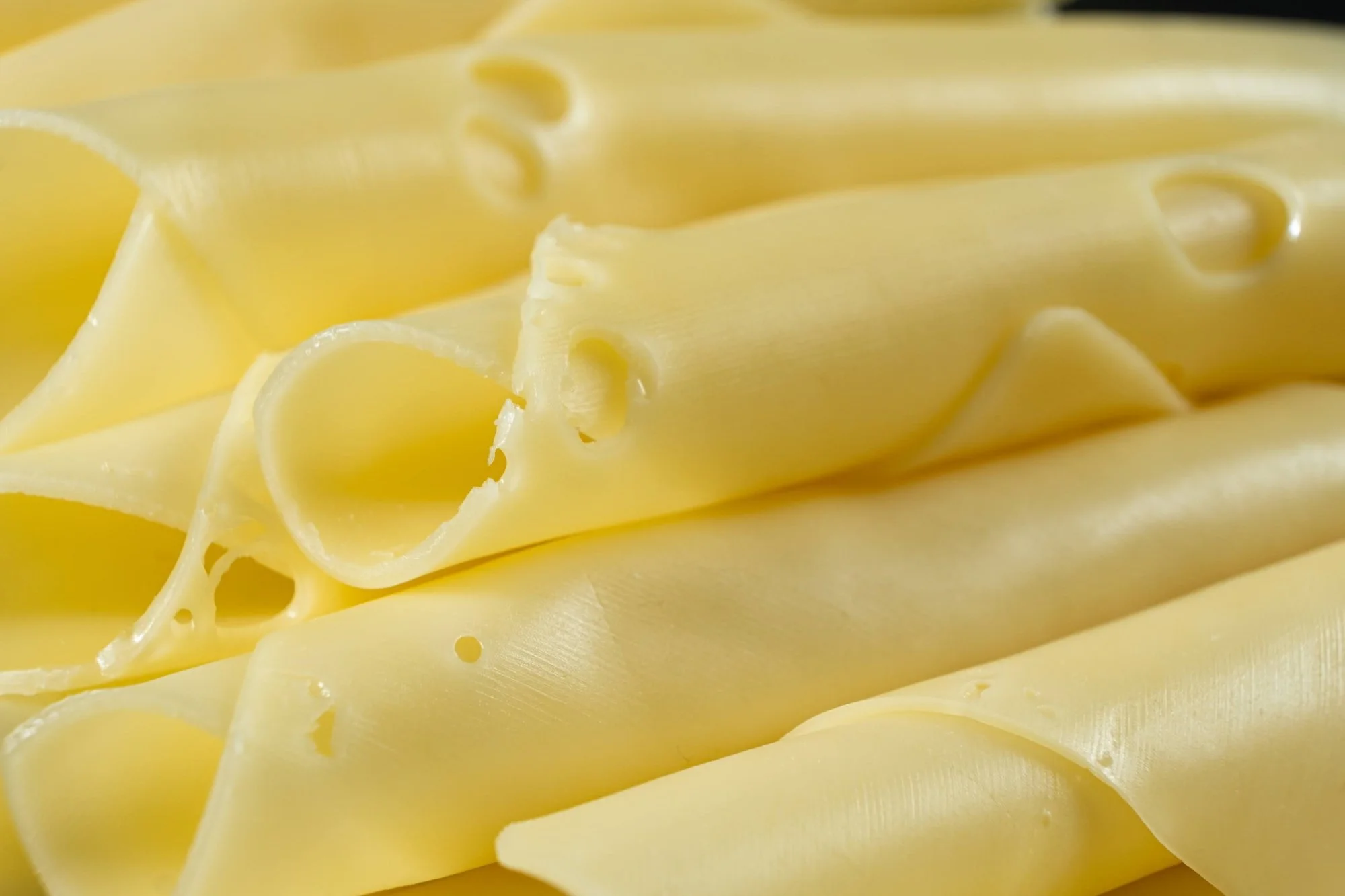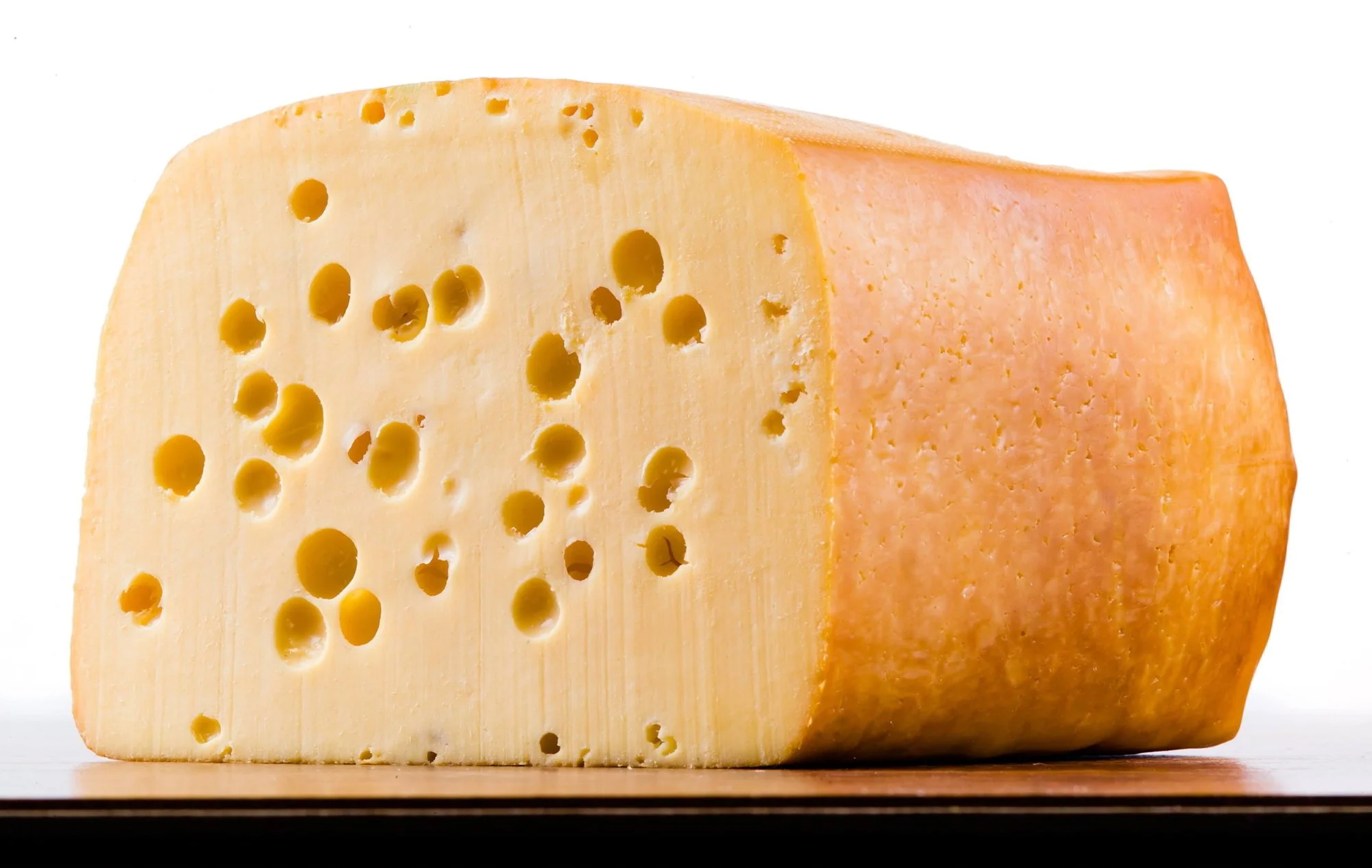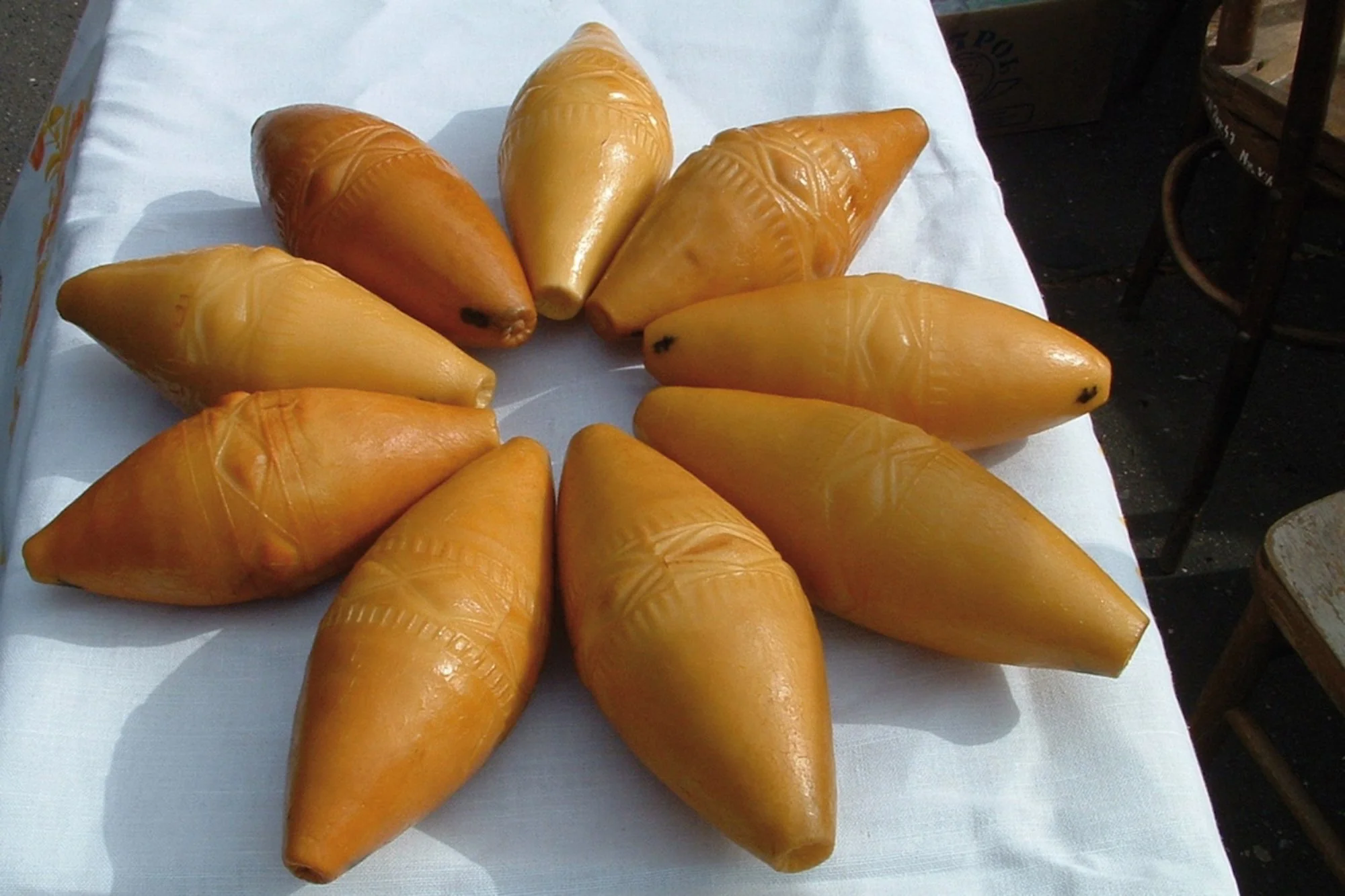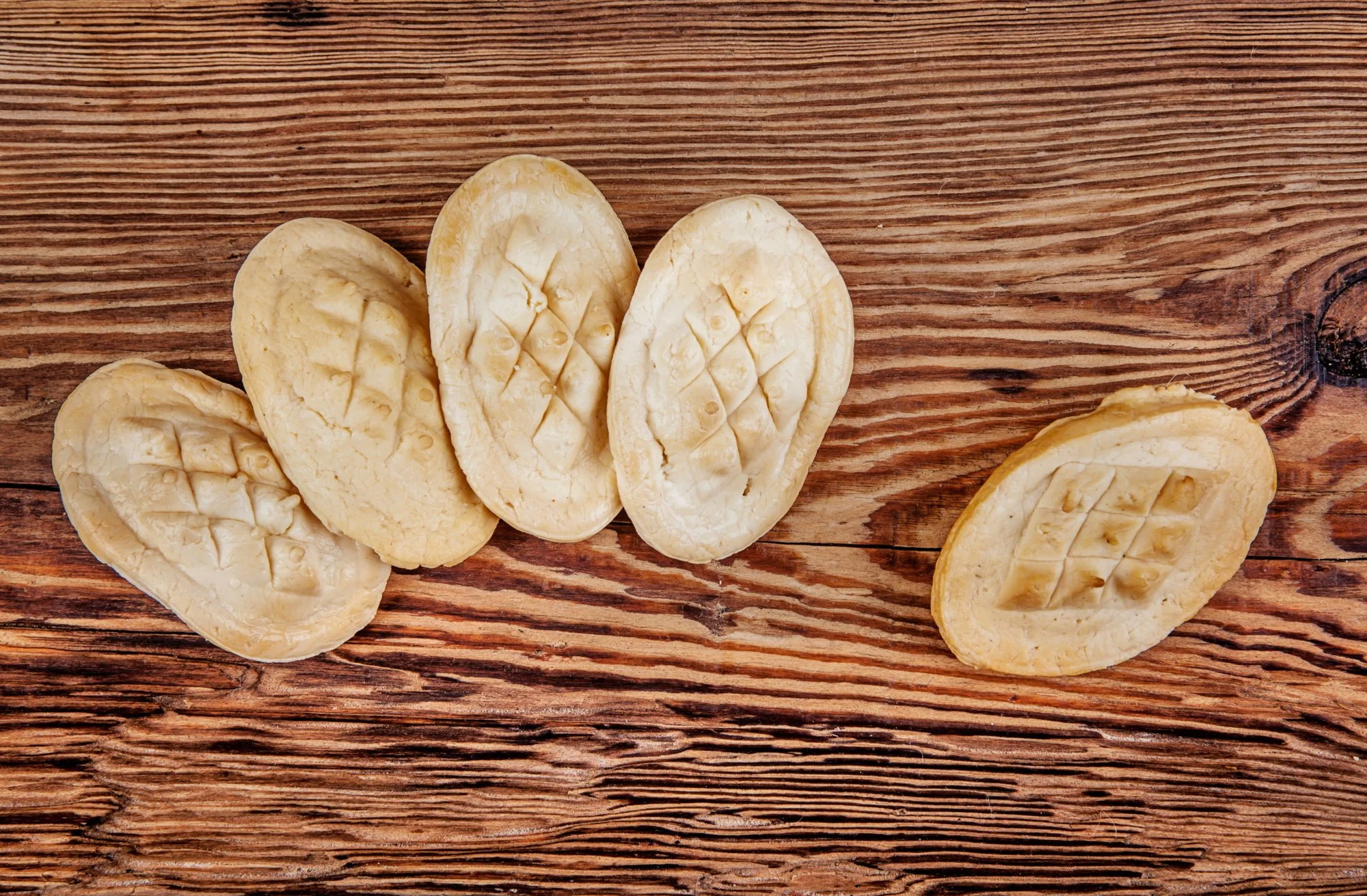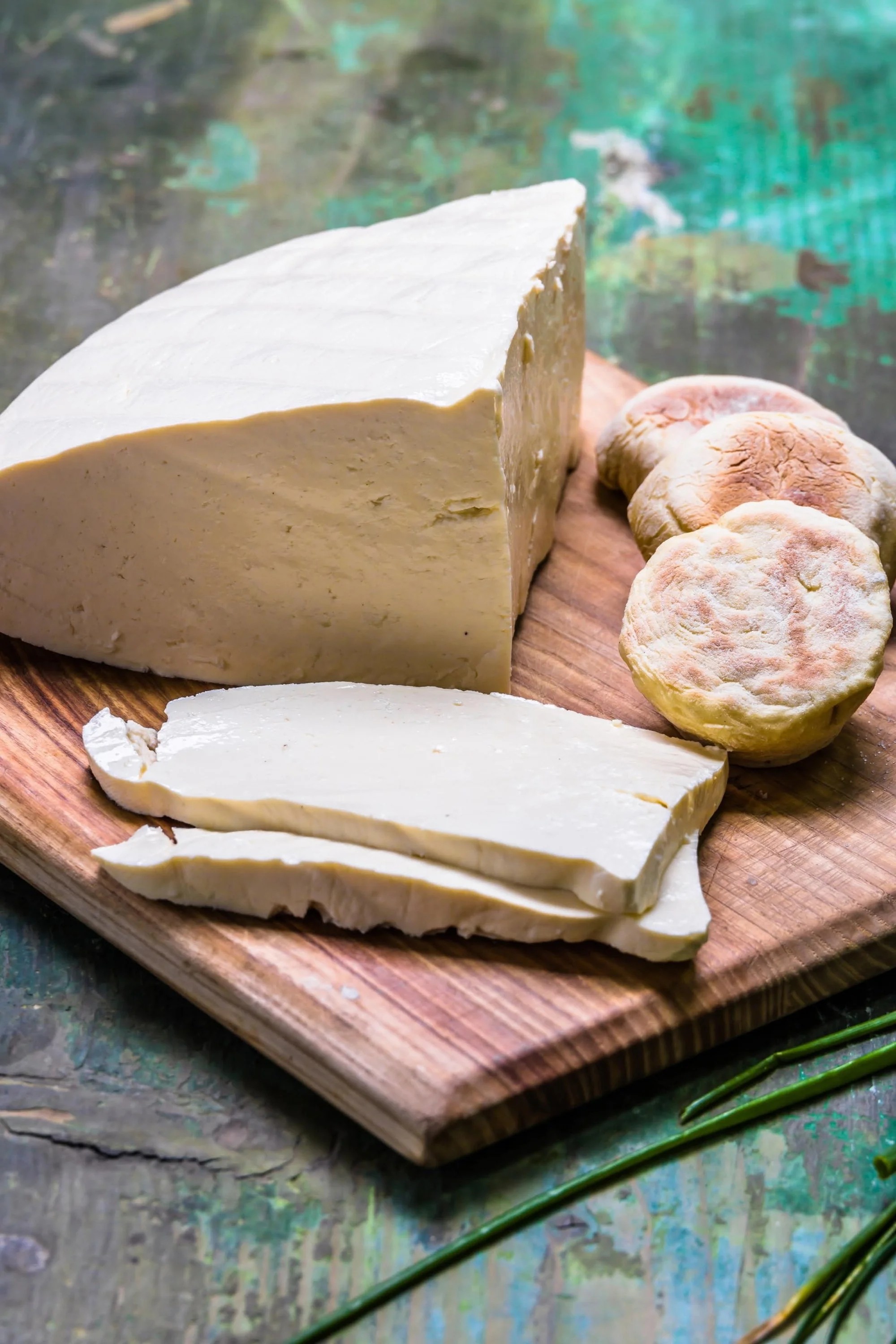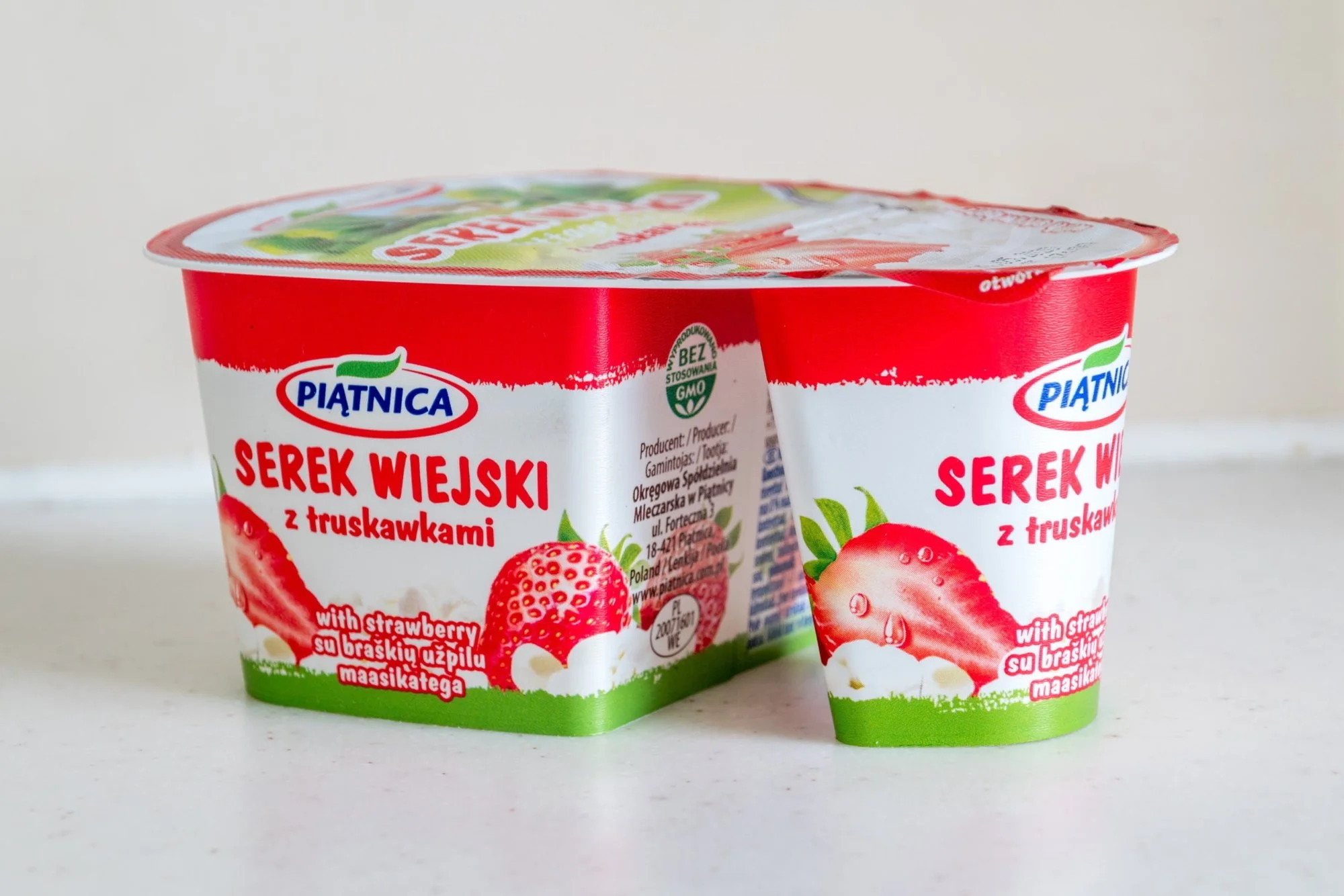10 Great Polish Cheeses You Should Know
Wroclaw, Poland
I grew up in Chicago, but it may as well have been in Poland. My parents, both born there, kept our roots alive through food, as many immigrants do. Living in Chicago, a city with the highest number of Poles outside of Poland and broad access to Polish products as a result, was as close as they could get to food back home.
While I certainly had my fair share of pierogi and stuffed cabbage, it was always the cheese I looked forward to at family gatherings and return trips home as an adult. From smoky oscypek to the creamy comfort of twaróg, Polish cheeses were how I stayed connected to a homeland I hadn’t seen. By the time I did visit — I’ve now been numerous times — I knew what to look for in the Polish shops. It was remarkable to try these from the source.
These are 10 Polish cheeses that truly represent the best of the country’s cheese scene, from the more common classics to the more complex.
Ser Królewski
Ser Królewski
Ser Królewski translates to "Royal Cheese," but this semi-hard cow’s milk cheese is a cheese of the people. This one is commercially produced and widely available as one of Poland’s most popular cheeses. It’s mild and smooth with a texture similar to young Gouda or a Swiss Emmental. At our house, it was the cheese of choice for sandwiches, including melted inside grilled cheeses, or rolled up for charcuterie platters next to smoked kiełbasa. It’s versatile and approachable enough that it’s generally a family favorite across age groups.
Radamer
Radamer
Radamer is a semi-hard cow’s milk cheese known for its large holes and unique fusion of Polish, Dutch, and Swiss cheesemaking styles. Much like ser królewski, it’s often compared to Gouda or Emmental, but with a creamier texture and slightly sweeter flavor. This is another favorite for preparations that require melted cheese, like casseroles or open-faced sandwiches, but it’s also popular rolled up like ser królewski.
Radamer is widely available sliced in supermarkets and delis across Poland and American grocers that carry Polish cheeses. There is also a smoked version popular for sandwiches and cheese boards alongside cured meats.
Oscypek PDO
Oscypek
This is the cheese I seek out when I’m in Chicago or Polish shops around Europe. Oscypek PDO is a smoked, spindle-shaped sheep’s milk cheese with decorative ridges made in the Tatra Mountains. While my family didn’t come from the region, this one was a fixture in my house, and it’s readily available at most Polish delis. This one is savory enough to eat as a snack (that’s what I’d do growing up), but it’s delicious grilled, as well.
Oscypek is made by pressing the curds into carved wooden molds, after which it’s brined and cold-smoked for several days. Its texture is firm and slightly squeaky, with a salty, nutty flavor and deep smoky aroma. It has Protected Designation of Origin (PDO) status, and is made only in Podhale between May and September, sometimes October.
Redykołka
Redykołka
Redykołka is a small, smoked cheese made from leftover oscypek curds. Its name comes from the practice of redyk, the seasonal return of sheep from mountain pastures, where the cheese is traditionally made. This one is still made in the Podhale region of the Tatras as a sheep’s milk cheese, but there are versions blended with cow’s milk. It remains a seasonal product that can be given as a gift or token of goodwill at family gatherings.
I’ve tried it alongside oscypek, and find that this one is a little drier, with a more crumbly texture. Both are quite smoky and work as a snack. Oscypek is much easier to find at international markets, but when it’s in season, you may see redykołka sold in whimsical shapes like animals, hearts, or flowers.
Gołka
Gołka
Gołka is a cylindrical smoked cheese often confused with oscypek, but this one is made primarily from cow’s milk and lacks PDO protection. The process is similar to oscypek. The curds are pressed, salted, and smoked in wooden chambers, resulting in its firm texture and golden brown rind. The shape is different. This cheese generally comes as a cylinder, while oscypek is spindle-shaped. Sometimes it has patterns imprinted into the rind, depending on the molds and shaping tools used.
I’ve confused this one with oscypek myself, as Poles will often use the word to cover both gołka and redykołka. The flavor is a little bit milder, but it retains that smokiness of oscypek. It’s tasty as a snack, grilled, or served alongside meats and dried fruit.
Twaróg
Twaróg
Twaróg is Poland’s go-to fresh curd cheese, made from soured cow’s milk that’s gently heated until curds form. It’s then drained, lightly pressed, and optionally salted. The result is soft, crumbly, and mildly tangy. I’d love to claim this one for Poland for its versatility alone, but versions of it are widespread. You’ll see it as quark in Germany, tvorog in Russia, or farmer’s cheese in shops across the U.S.
This is the cheese you’ll see in pierogi, cheesecakes (serniki), or breakfast spreads with chives. It comes in varying fat levels, but it’s generally considered one of the healthiest cheeses. Growing up, my grandmother would eat it topped with fresh fruit, but it was a favorite for homemade naleśniki, or Polish crepes, as well.
Bundz
Bundz
Bundz is a soft, fresh sheep’s milk cheese made in the southern highlands and more mountainous parts of Poland. The cheese’s first stages resemble that of oscypek. It’s curdled using natural rennet, then the curds are drained in cloth sacks to form large balls of cheese. Bundz is typically unsalted or lightly salted for a delicate, milky flavor and spongy texture. If it’s left to age and crumbled, it turns into a bryndza-style cheese, the next one on this list.
I compare this one in its flavor and uses to cottage cheese. I’ve only had it in Poland fresh with tomatoes, but it’s also served with honey, fresh herbs, and fruit. When it’s in-season in the mountains, you should be able to find it within days of production.
Bryndza Podhalańska
Bryndza Podhalańska
Bryndza Podhalańska is a tangy, spreadable sheep’s milk cheese, also from Podhale in southern Poland. It starts as oscypek-style curds, and is then crushed, salted, and aged, resulting in a creamy, slightly crumbly texture and strong flavor. True bryndza Podhalańska is made from the milk of a special breed of Polish sheep that roam the mountains in Nowy Targ County, but there are brands that sell it as a blend of sheep’s and cow’s milk. (Cow’s milk version still have to use a specific type of cow, the Polish Red.)
I had to visit Poland to try this one for the first time. It was served up with seeded bread, but it’s also popular mixed in with Tatra-style potato pancakes (moskole). Whereas many Polish cheeses are quite mild, this one has a more sour, grassy flavor with quite a bit of salt in the aftertaste. Much like other bryndza varieties across Central Europe, it takes on the flavor of whatever the animals are grazing. I can see it working well in potato dumplings.
Ser Koryciński Swojski
Ser Koryciński
Known as Poland’s oldest hard cheese, ser Koryciński is traditionally made in the village of Korycin in the Podlasie region. The cow’s milk cheese is produced by curdling the milk with rennet, forming it into large wheels, and salting and air-drying them for several weeks. The cheese has a firm, elastic texture and a nutty, slightly sour flavor and a unique appearance. This one is shaped into a large, flattened ball or wheel with a rough rind covered in imprints from the strainers used in the cheesemaking process. The inside is firm, pale in color, and sometimes speckled with herbs or spices like caraway or garlic, depending on the variety. This cheese has strong rural roots, and traditional serving methods reflect that. It’s typically served sliced on thick-cut bread, sometimes as a butter replacement.
Serek Wiejski
Serek Wiejski
Serek Wiejski translates to “country cheese.” This is Poland’s take on cottage cheese. While fresh curd-style cheeses have existed in Poland for centuries, this version has only been around since the 1990s. Even so, it’s become a staple at breakfast in Polish households as the preferred cottage cheese. This one is lightly salted and typically sold in small tubs. I find it a little more delicate in texture compared to American cottage cheeses with less liquid. It’s often eaten with radishes, scallions, or tomatoes, or topped with honey and fruit.
Where to Find Polish Cheeses
Many of the most popular Polish cheese are available in Polish delis and specialty shops across the United States. The more artisanal varieties can show up regionally at local markets or at Polish festivals. Major grocery chains in cities with large Polish populations like Chicago and Cleveland often stock the most popular sliced varieties like ser Królewski and Ramader, but you may come upon the smoked sheep’s milk cheeses seasonally, as well. Some artisanal producers now offer Polish cheeses online, delivering traditional Polish flavors right to your door.

